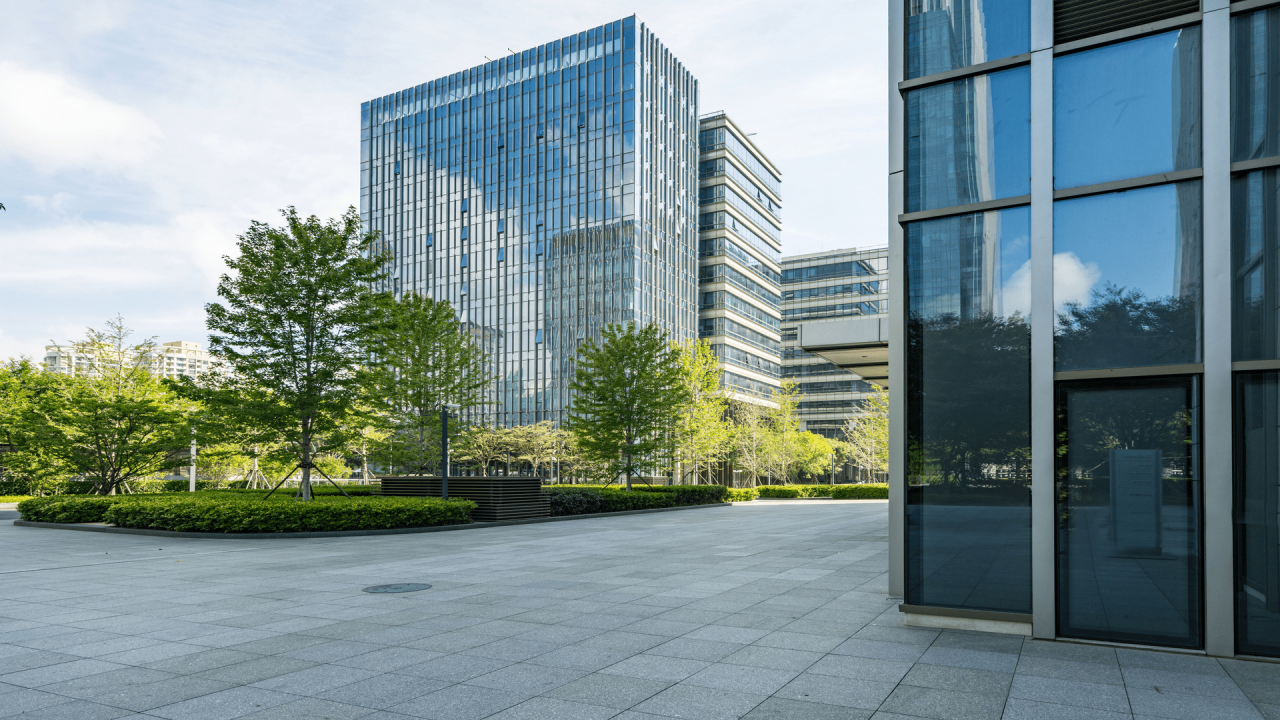Introduction
In an ever-changing world where natural disasters can disrupt lives and properties, real estate can play a pivotal role in building resilient communities. This article explores the significance of disaster resilience in real estate and offers insights, strategies, and inspiring case studies to guide you towards a more secure and prepared future.
The Nexus of Real Estate and Resilience
Strategically Navigating Challenges
Real estate is not just about acquiring properties; it’s about creating communities that can weather the storm. This section dives into the crucial intersection of real estate and resilience, outlining how it can make a substantial difference in the face of adversity.
Natural disasters, from hurricanes and earthquakes to wildfires and floods, are increasingly common. Without proper planning, these events can have catastrophic consequences. In contrast, when real estate is utilized to enhance disaster resilience, it can be a beacon of hope for affected communities.
Constructing for Resilience
Building a Strong Foundation
Building for resilience is an integral part of disaster-prepared real estate. This section delves into strategies for constructing disaster-resistant properties. It encompasses earthquake-resistant foundations, hurricane-proof roofs, flood-resistant materials, and other innovations that safeguard lives and assets.
Disaster-Ready Infrastructure
Protecting Your Investments
Disasters often disrupt critical infrastructure, making recovery a formidable challenge. This section emphasizes the importance of considering infrastructure in real estate investments. Investing in disaster-ready infrastructure safeguards not only your investments but also supports the community’s overall resilience.

Safeguarding Through Insurance
Financial Security in Crisis
Insurance plays a crucial role in disaster resilience. In this section, we explore how insurance acts as a financial safety net when disasters strike. We also shed light on the need for tailored disaster-related coverage and how to engage with insurance professionals to ensure your investments are adequately protected.
Community Cohesion
Unity for Resilience
Communities that stand together are better equipped to face and recover from disasters. This section underscores the importance of community engagement in disaster preparedness. It includes tips on organizing disaster drills, sharing resources, and fostering a sense of collective responsibility to enhance resilience.
Learning from the Past
Gleaning Wisdom from Case Studies
The past provides invaluable lessons. This section features real-life case studies of real estate projects that successfully withstood disasters due to innovative design and meticulous planning. These cases serve as practical blueprints for safeguarding your investments against the unpredictable.
Key Features for Resilient Real Estate
| Feature | Benefit |
|---|---|
| Resilient Construction | Ensures the survival of property and occupants during disasters. |
| Strategic Location | Reduces exposure to disaster-prone areas, minimizing risk. |
| Community Collaboration | Enhances support and resources for recovery, fostering resilience. |
| Comprehensive Insurance | Provides financial security during the recovery process. |
| Adaptive Infrastructure | Enables quick restoration of essential services post-disaster. |
This table provides a clear and concise visual overview of the crucial elements to consider when investing in resilient real estate.
Conclusion
In a world where disasters can strike at any time, real estate has a vital role in building disaster-resilient communities. By implementing the strategies and insights discussed in this article, you can ensure that your real estate investments are not just financially sound but also robust and prepared for unexpected challenges.
Building resilience through real estate means not only safeguarding your investments but also contributing to the resilience of the broader community. It is a testament to the power of thoughtful, strategic investments in our collective future. As you venture into the world of real estate, remember that you are not just building properties; you are building resilient communities ready for anything.



